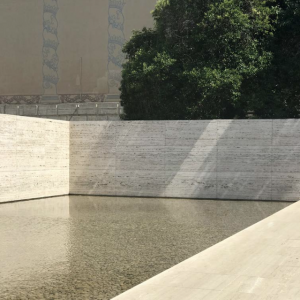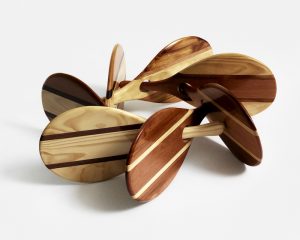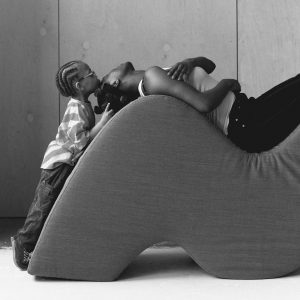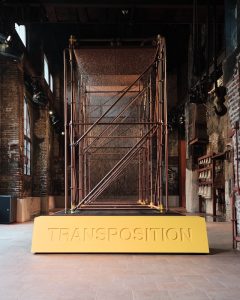Minotti’s updated Yoko collection, inspired by Japanese & Scandinavian roots
Not only is Minotti characterised by sleek, contemporary furniture stamped with “Made in Italy” excellence, it’s also heralded as a true purveyor of collaboration. After Alberto Minotti established the company in 1948, the small-scale workshop evolved into a globally recognised brand. Over the years, Minotti has built a reputation for delivering modern craftsmanship that fuses artisan methods with technological advances. It’s also released a plethora of collections made in partnership with the likes of nendo, Marcio Kogan of Studio Mk27, GamFratesi and Inoda+Sveje.
Minotti first met Inoda+Sveje, a designer duo consisting of Kyoko Inoda and Nils Sveje, in 2021. In the following year, the Japanese-Danish duo released their debut collection, headed by the signature Yoko armchair, Lars sofa and Sendai seats – all of which encapsulated the designers’ affinity with organic shapes, natural materials and subtle aesthetics emerging from their Japanese and Scandinavian heritage. This year, the pair have expanded their Sendai seat family with Minotti, featuring a new sofa, swivel armchair and footrest, plus an update of the Sendai Cord Outdoor collection, designed with cord in an earthy palette of ecru, burgundy and dark brown. With clean lines and functionality underscoring the design, the collection strives to seamlessly enter the living space like a soft, gentle caress. Below, we unlock the key influences behind the collection, how it’s pieced together, and why it’s rooted in the meeting of two cultures.
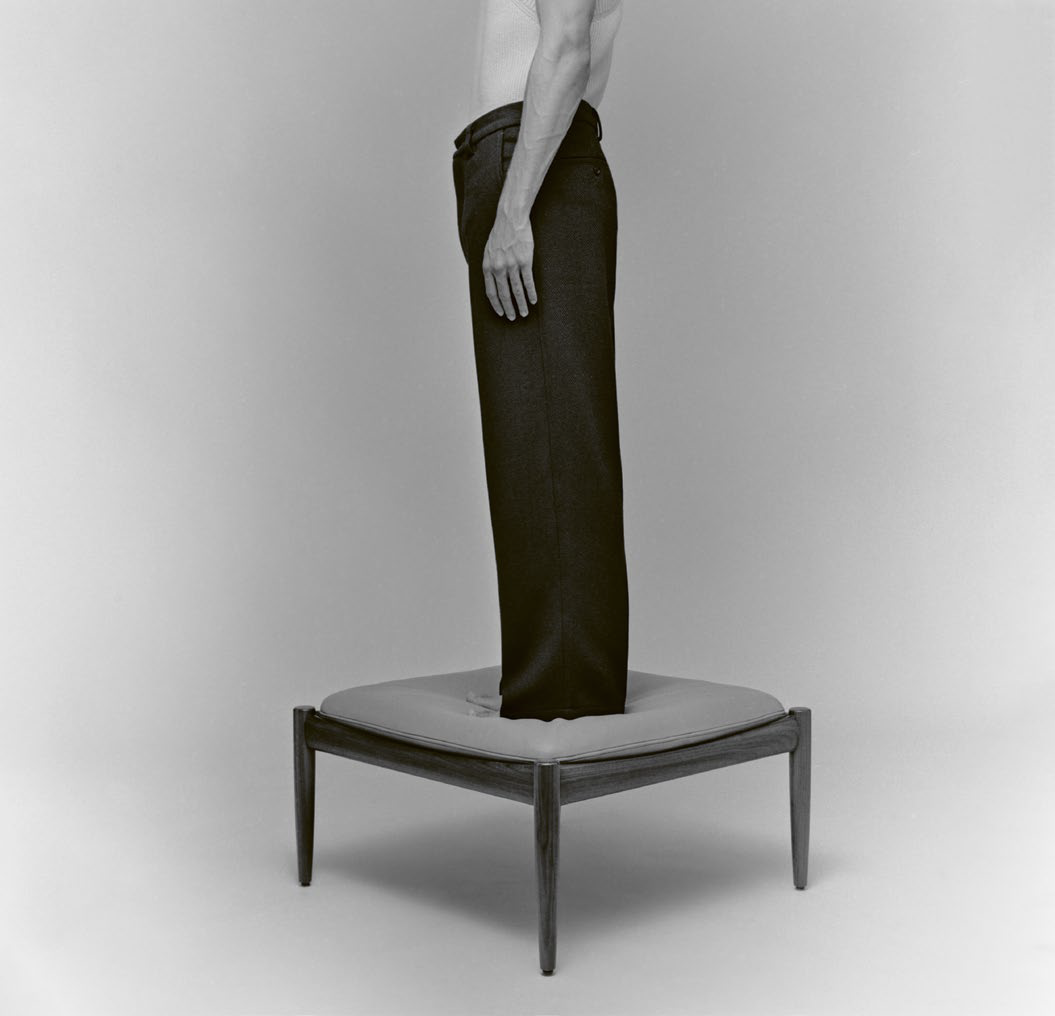
The Yoko collection appears to blend contemporary and timeless design elements seamlessly, with a fusion of two Japanese-Danish cultures. Can you tell us about the main sources of inspiration behind this collection?
The intention behind the Yoko collection was indeed to showcase the craftsmanship, especially in collaboration with Minotti, focusing on the expertise in upholstery to explore the interplay between upholstery and the perception of cushions. In our woodworking, the emphasis has always been on finding beauty in basic forms and processes, leading to a sensibly aesthetic outcome. Importantly, our approach involves a trust in our cultural heritage to be inherently expressed in our work, rather than forcing it. We hope the resulting designs reflect a seamless blend of cultures.
The process of creating a new collection can be quite intricate. Could you walk us through your creative process for the collection, from inception to final product?
In summary, the process begins with dialogues with Minotti, emphasising shared values in the broader context of use, materials and processes. Within these dialogues, certain aspects resonate and form the basis of our design brief. This is the start of a more structured design process. Initially, we explore concepts collaboratively, we assess feasibility and technical approaches before transitioning to the detailed drawing phase. Throughout this process, we have frequent, constructive meetings and consultations with the Minotti family and specialists.
What materials have you chosen for this collection, and why were those specific materials selected?
An important part of our design is the tactile reward of natural elements. Wood, carefully shaped and finished, invites a sensory experience. This tactile intimacy extends to our choice of leather and textile upholstery. The aim is to create a relaxing moment for both the body and the mind. Every detail, from the curves to the surface, is crafted to be caressed.
The visual aesthetic of the collection is undeniably striking, each individual piece is smooth and sleek with a modern elegance. Could you elaborate on the design elements and principles that you’ve incorporated into the pieces?
Simplicity and functionality are core principles. Each component is crafted with clean lines and organic shapes, fulfilling a specific purpose while harmonising with the entire piece. This approach allows the pristine materials and exquisite craftsmanship to come to the front.
Functionality is key when it comes to furniture. How do you balance the aesthetic appeal of the Yoko collection with its practicality for everyday use?
We work from practicality towards aesthetic expression, believing that the inherent beauty of the processes involved in working with natural materials enhances the aesthetics when done correctly. In our view, appeal should complement, not hinder, practicality.
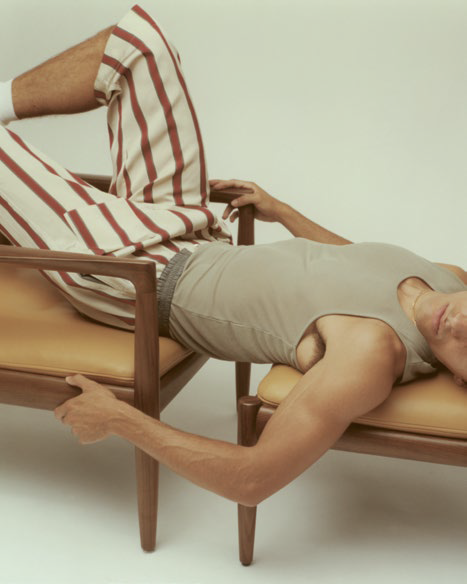
As designers, what are your hopes and goals for how people will integrate the Yoko collection into living or working spaces?
We hope our chairs will become cherished favourites, maybe caressing them now and then or sharing a kind word about them. Our aim is not to dominate your living space but to harmoniously blend in, providing comfort with subtle elegance.
Photographer GAËTAN BERNÈDE
Styling GEORGIA THOMPSON
Model GABRIEL AT W MGMT
